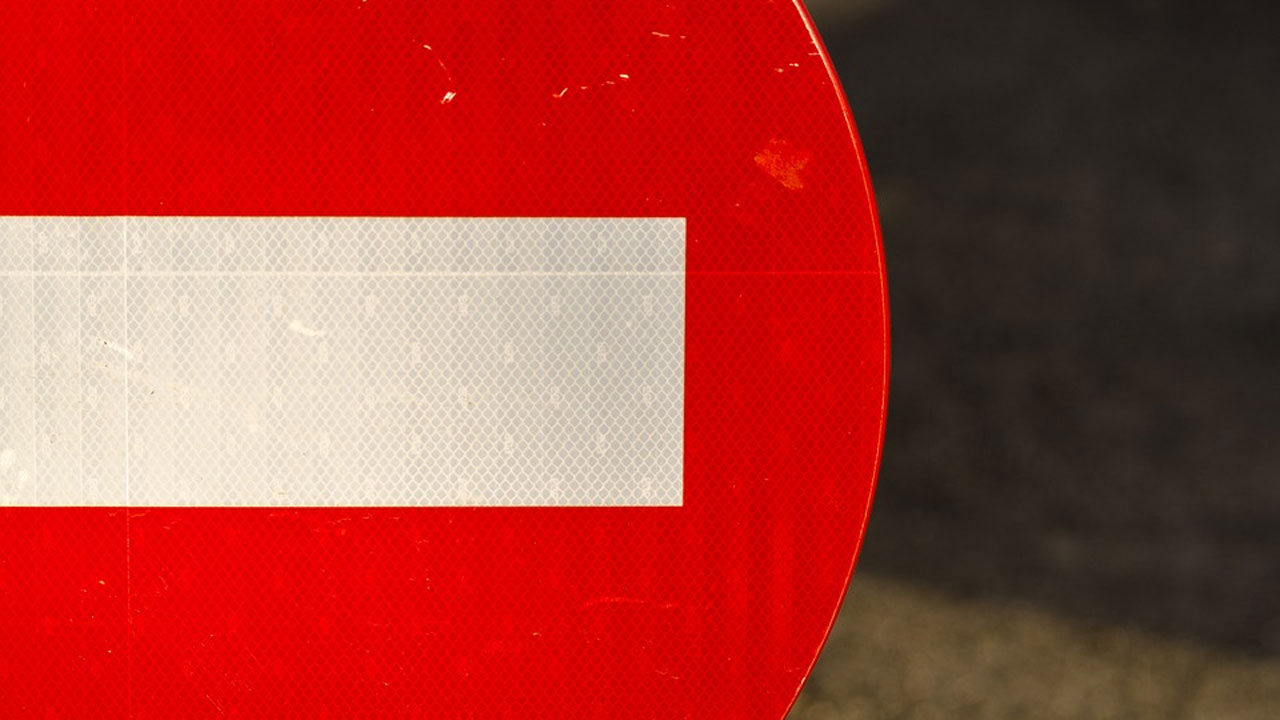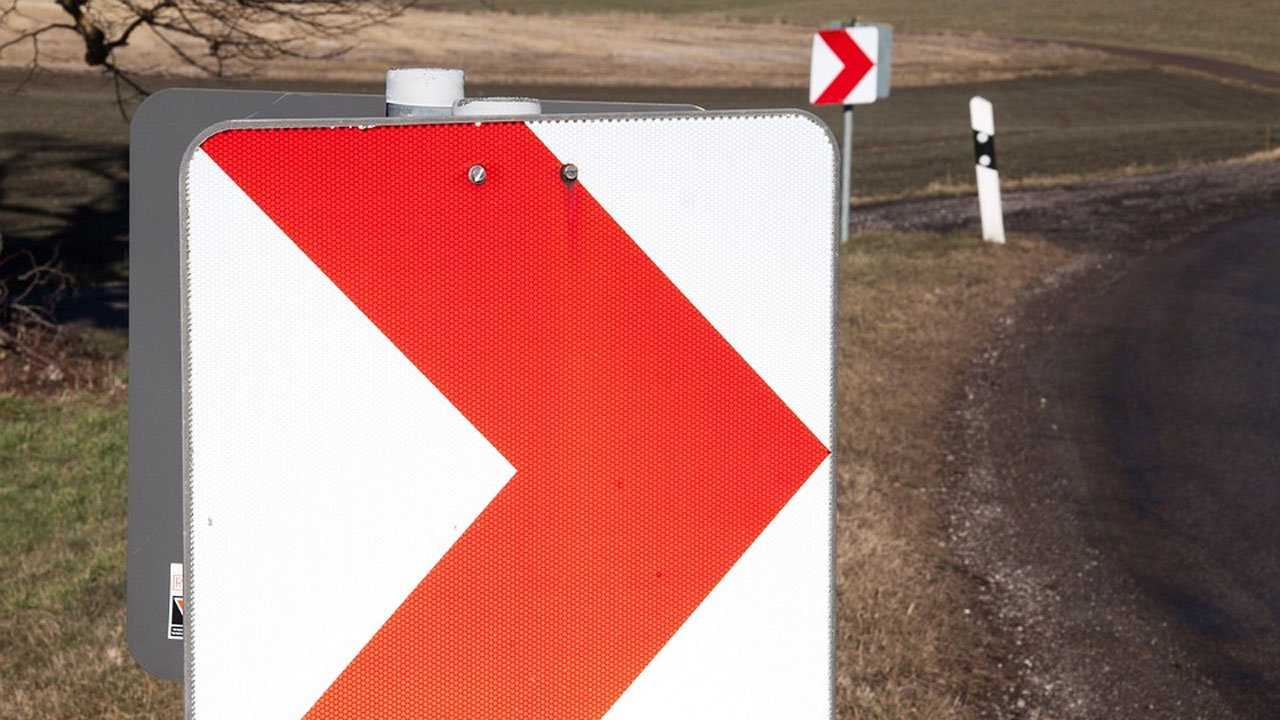Are you looking for a product that can help improve efficiency? Reflective coating is a specialized type of paint that has multiple purposes. It can be used to increase the reflectivity of a surface, making it more visible during nighttime or in low-light conditions. It can also be used to protect surfaces from weathering and corrosion. This article will discuss how reflective coating is made and which industries benefit from its use. Let’s get started.
Table of Contents:
What is Reflective Coating?
Reflective coating is a paint that contains tiny glass beads or other reflective materials. When applied to a surface, it creates a mirror-like finish that reflects light. These reflectance materials are usually white in color, but they can also be found in other colors, such as black, silver, and gold. The size of the beads or reflective materials will determine the level of reflectivity. The more reflective materials, the higher the reflectivity.
How is Reflective Coating Made?
Reflective coating is made by combining a binder (resin) with reflective particles. The binder is what gives the paint its color and holds the reflective particles in place. Once the desired color is achieved, the mixture is poured into a mold and allowed to cure. After it cures, the coating is sanded smooth and polished to a high shine.
However, not all reflective coatings are created equal. Some types of reflective coating are more durable than others and can withstand more wear and tear. For example, urethane-based coatings are more resistant to fading, chalking, and cracking. They also have superior adhesion properties, making them ideal for metal surfaces.
What are the Benefits of Reflective Coating?
There are many benefits to using reflective coating. The most obvious benefit is that it increases the reflectivity of a surface, making it more visible at night or in low-light conditions. This is especially beneficial for safety purposes. The reflective coating can also help to protect surfaces from weathering and corrosion.
In addition, reflective coating can help improve efficiency. For example, if you want to reduce the heat that your home or office building absorbs, you can use a reflective coating on the exterior surface of the building. This will reflect the sun’s rays away from the building, helping to keep it cooler during the summer months.
Other uses of reflective coating include reducing glare on computer screens, making signs more visible, and reflecting heat away from hot surfaces.
Who Can Benefit From Reflective Coating?
Reflective coating can be used in a variety of industries and applications. Some of the most common industries that use reflective coating include:
- Construction: Reflective coating is often used on construction sites to ensure that workers are visible at night or in low-light conditions. This helps to improve safety and prevent accidents.
- Transportation: Reflective coating is often used on road signs, traffic cones, and other transportation devices. This helps to make them more visible to drivers, helping to improve safety.
- Mining: Reflective coating is often used on mining equipment to ensure that it is visible at night or in low-light conditions. This helps to improve safety and prevent accidents.
- Sports: Reflective coating is often used on sporting equipment, such as balls, to improve visibility.
- Emergency: Reflective coating is often used on emergency vehicles and equipment, such as fire trucks and ambulances, to make them more visible.
- Military: Reflective coating is often used on military vehicles and equipment, such as tanks and planes, to make them more visible.

Reflective coating is a type of paint or coating that is applied to surfaces to reflect light. This can be useful in various industries and applications, as it can help improve visibility and safety. Ensure to source your reflective coating from a reputable supplier to get the best results.




